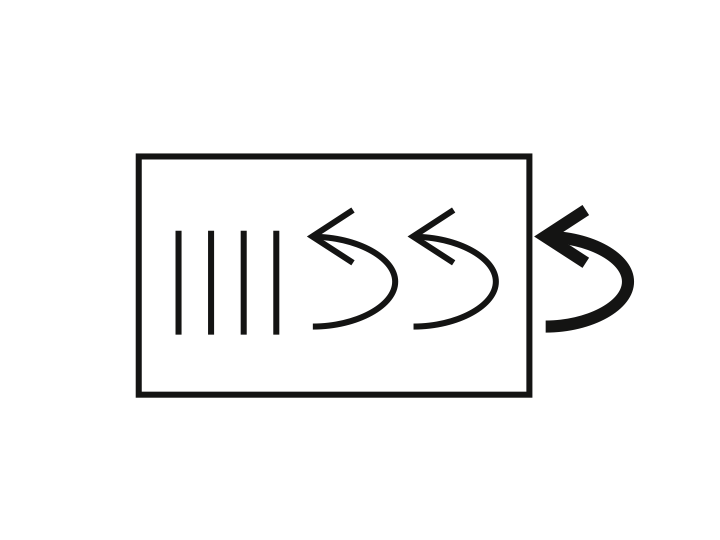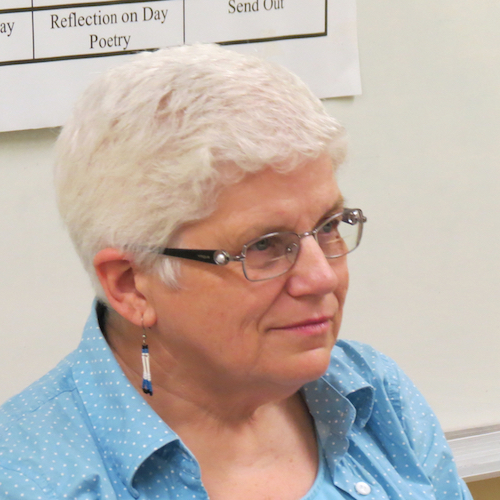We teach ORID as the structure of a Focused Conversation. However, it is much more than that. Since it reflects the natural steps in how human beings process information, it is also useful as an underlying “meta” structural design for a facilitated event. Any appropriate facilitation tools can be used at any of the four levels, to fit the preferred processing styles of the group.
Following are a couple of examples of how ORID can be used as the underlying design flow, using a variety of methods at each level.
Example 1:
Start the meeting with an overall context, telling people what the anticipated results are. “We will start with reports on the current situation. The result of the day will be next steps to deal with the implications of the situation.”
Objective Level of the Meeting: Start with reports, using the Walkabout tool, where the reports are posted on flipcharts or the wall, and participants walk around to read each report and ask questions of clarity.
Reflective Level: Lead a conversation on the reports, to find out how participants experience the impact of the reports.
Interpretive Level: Explore the implications of the situation, perhaps using having people draw images of what could happen if the situation continues. Or do a consensus workshop on the implications.
Decisional Level: Guide a conversation on the images or the results of the consensus workshop to move to next steps.
Guide the group to reflect on the whole meeting.
Example 2:
Overall context: “We need to understand our accomplishments of this past year and figure out what our priorities are for the next year.”
Objective Level: Do an entire Journey Wall / Historical Scan of the past year with the group.
Reflective Level: Reflect on what the present feels like. Can use drawing or creative writing or even dance (depending on the group.)
Interpretive Level: Discuss what clients or customers need in the next year. Brainstorm possible focus areas for the next year that build on the successes of the past, and address client needs.
Decisional Level: Prioritize the focus areas. Break into small groups and make broad action plans for each of the areas.






